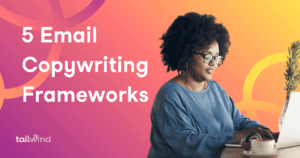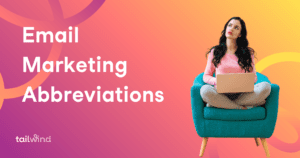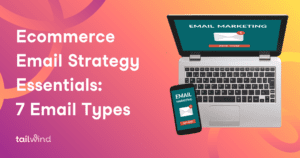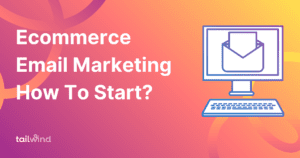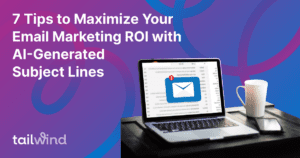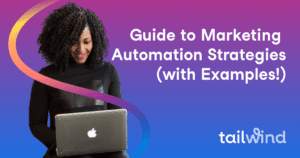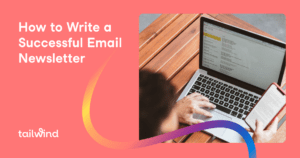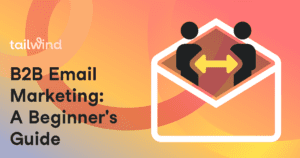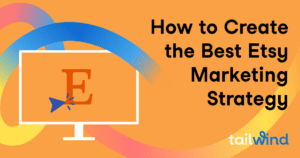
How to Use Pinterest to Rapidly Grow Your Email List
Discover the powerful plan to grow your email list by 700% with Pinterest and opt-in freebies! Learn how to optimize your Pins and use Tailwind’s tools for maximum visibility. Start converting Pinterest traffic into devoted email subscribers now.
